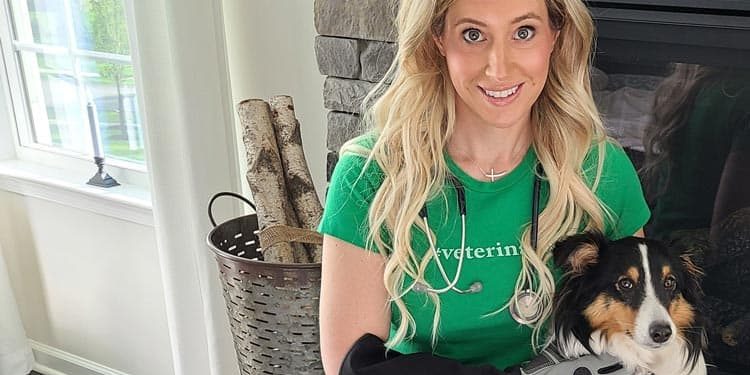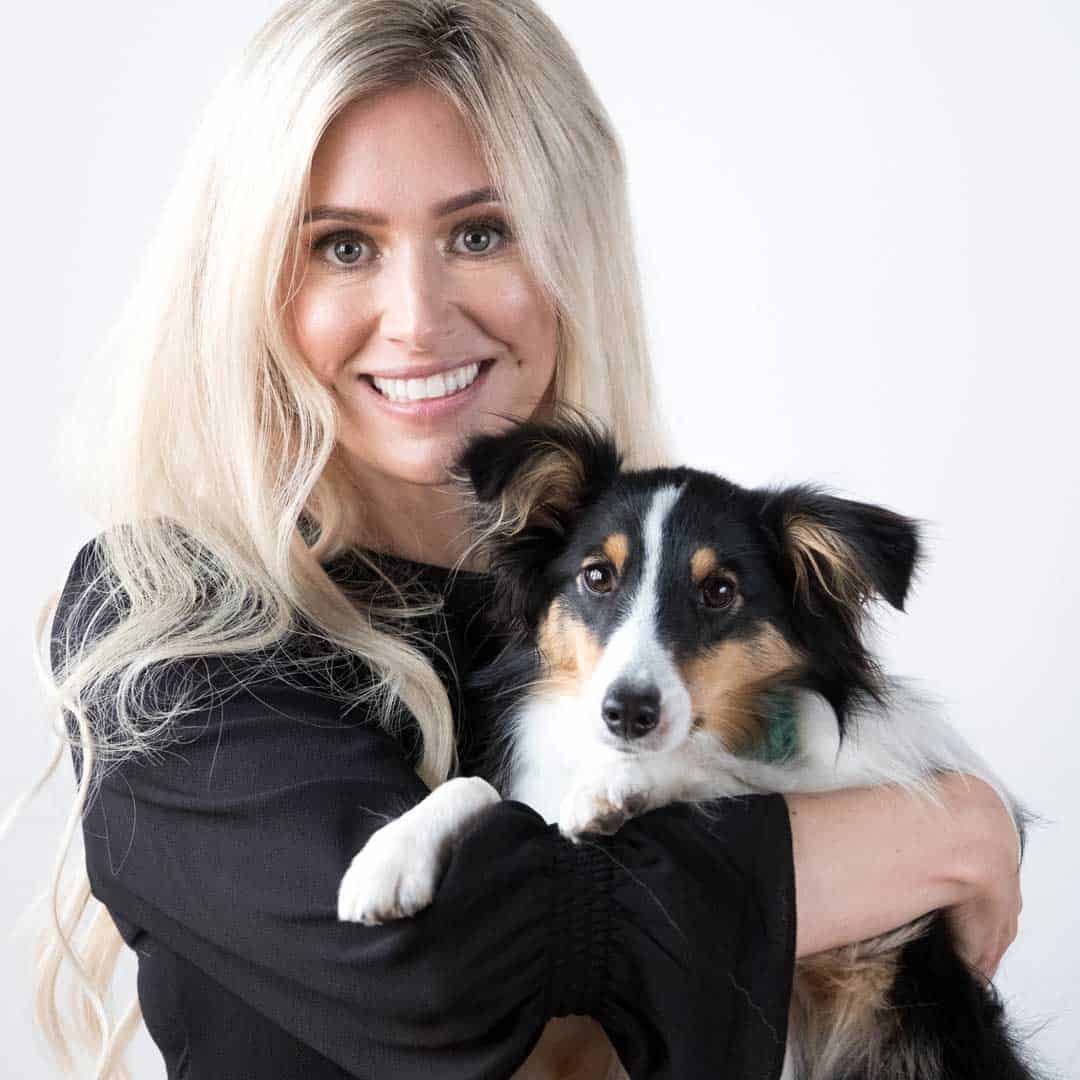Full Finger style glove size XL & Large are currently sold out. Get notified when they are back in stock.

Veterinarians aren’t only responsible for the well-being and health of animals. They’re also responsible for their own safety and that of their staff. Excellent veterinary clinic safety usually leads to better patient care.
Being aware of the common vet hazards is an effective way of keeping the workplace safe. Widespread veterinary hazards include physical and psychological risks.
The former is informed by ergonomics like incorrect positioning and poor body posture while handling tasks at the clinic. Physical injuries can consist of muscle strains, migraines, neck problems, back pain and repetitive strain injuries. Others include falls, trips, slips and lacerations or punctures from sharp objects.
On the other hand, psychological hazards common among veterinarians include depression, anxiety and stress. These arise from difficult clients, excessive workloads, as well as emotional factors like euthanasia.
Physical Hazards To Avoid To Improve Vet Clinic Safety
Some of the common hazards to avoid to improve vet clinic safety include:
Infections And Cuts
Infection and cuts are common hazards in the veterinary clinic. To limit or avoid the risk, you should wear ArmOR Hand gloves. You should also advise your technicians on the right disposal procedure. Ensure you have an equipped first aid kit in your clinic.
Exposure To Medications And Chemicals
Most of the drugs and medication that a vet administers to their patient is by hand, therefore resulting in potential unwanted exposure and risk. By wearing the ArmOR Hand Animal Handling Gloves with a fearful patient, we are able to protect ourselves while administering oral medications.
Make sure you wash your hands often to avoid this hazard. Consider having the ArmOR Hand protective gloves available in each exam room of your clinic.
Scratches And Bites
Scratches and bites occur in veterinary clinics but can be largely prevented by assessing body language and using safety tools. You should also make sure that your technicians are informed about how to read body language. Additionally, you should always have protective gloves and clothing.
Falls, Slips, And Trips
Keep all your working areas well organized and clean. Make sure spills are removed from the floor surface immediately. You should have a procedure for cleaning and reporting spills.
Zoonotic Diseases
The risk of getting exposed to dangerous agents through animal contact is more likely to happen in a veterinary clinic. Therefore, make sure you have protective items like gloves, safety goggles, and x-ray protective equipment. Additionally, wash your hands often. You should consider occupational immunization.
Back Injuries
Always advise your technicians to ask for assistance when attending to large or heavy animals. Make sure all your technicians follow the right lifting techniques.
Psychological Hazards
As aforementioned, psychological hazards are also prevalent in veterinary clinics. Some of the common signs of stress at a vet clinic include:
- Fatigue
- Inability to rest
- Muscle tension
- Lack of attention
- Dependence on alcohol or drugs
- Migraine headaches
- Tension
- Lack of focus
- Experiencing anger
It is important to be aware of the above signs as they affect the well-being of animals and staff. For better management of workplace stress, do the following:
- Create a positive attitude and/or work culture at the clinic
- Engage with friends or family after work
- Embrace open communication
- Encourage staff to discuss workload concerns or issues
- Prioritize personal well-being such as relaxation, exercise, good sleep, and eating well
- Create a recreation program to enlighten your staff
The Importance Of Veterinary Clinic Safety
Vet clinic employers have an ethical and legal responsibility to offer a healthy and safe workplace for staff, clients and animals. One way of ensuring this happens is by coming up and using safe procedures and practices consistently.
Both the development and application of a tailored comprehensive workplace healthy and safety program should be emphasized, including coming up with an efficient infection control plan.
The hazards of drugs, scratches, animal bites and sharps ought to be discussed. Strategies to minimize and prevent adverse health resources and effects for education and training should be provided.
In summary, here are the hazards that every veterinary clinic should try and keep at bay to result in better patient care:
- Animal restraint and handling hazards
- Musculoskeletal and ergonomic hazards
- Eye hazards
- Radiation
- Heat stress
- Sharp hazards touching on items like scalpel, needlestick and others
- Noise hazards
- Respiratory hazards
- Falls, trips and slips
- Waste disposal hazards
Conclusion
Everyone is responsible for the safety of each other in a veterinary clinic. All the technicians should understand the safety regulations and have the ability to address the issue.
It is important for all veterinary clinics to have an organized system of recording and reporting hazards, which might compromise the safety of the patient.
Finally, by recognizing all the safety measures required in your clinic, you can easily protect yourself, staff, and patients. An accident at your workplace might result in legal action or financial loss. Consequently, always have all the protective items in your clinic, for the safety of your patients.
Additionally, having an insurance policy would be recommended. We never plan on having accidents, but make sure you are covered in the case of any accidents that do occur.


Dr. Laura Catena is the Founder and President of The ArmOR Hand Gloves.
She graduated from The Ohio State College of Veterinary Medicine and is a small animal veterinarian. Dr. Catena developed The ArmOR Hand Animal Handling Gloves after a life-threatening injury she endured while working emergency medicine. She is a member of the Women's Business Enterprise National Council and an animal welfare advocate.
Have Questions or Need Support?
Be safe. Glove up.|More Feels. Less Force.®
The ArmOR Hand Protective Gloves® are bite resistant, not bite proof.
They can decrease the severity of injury, if injury occurs.